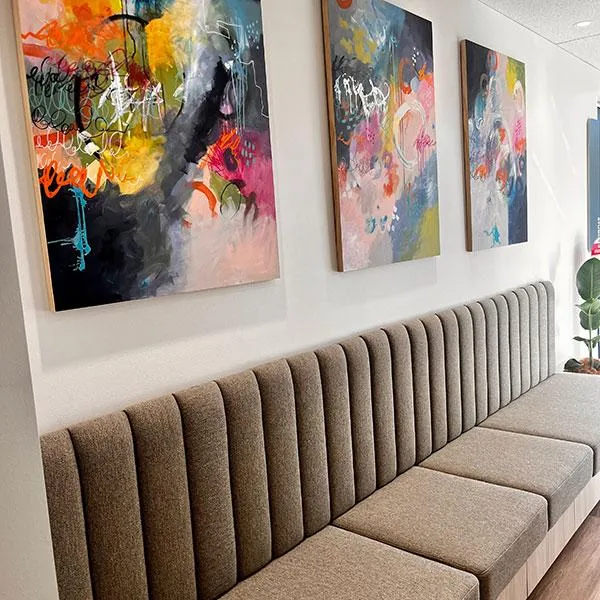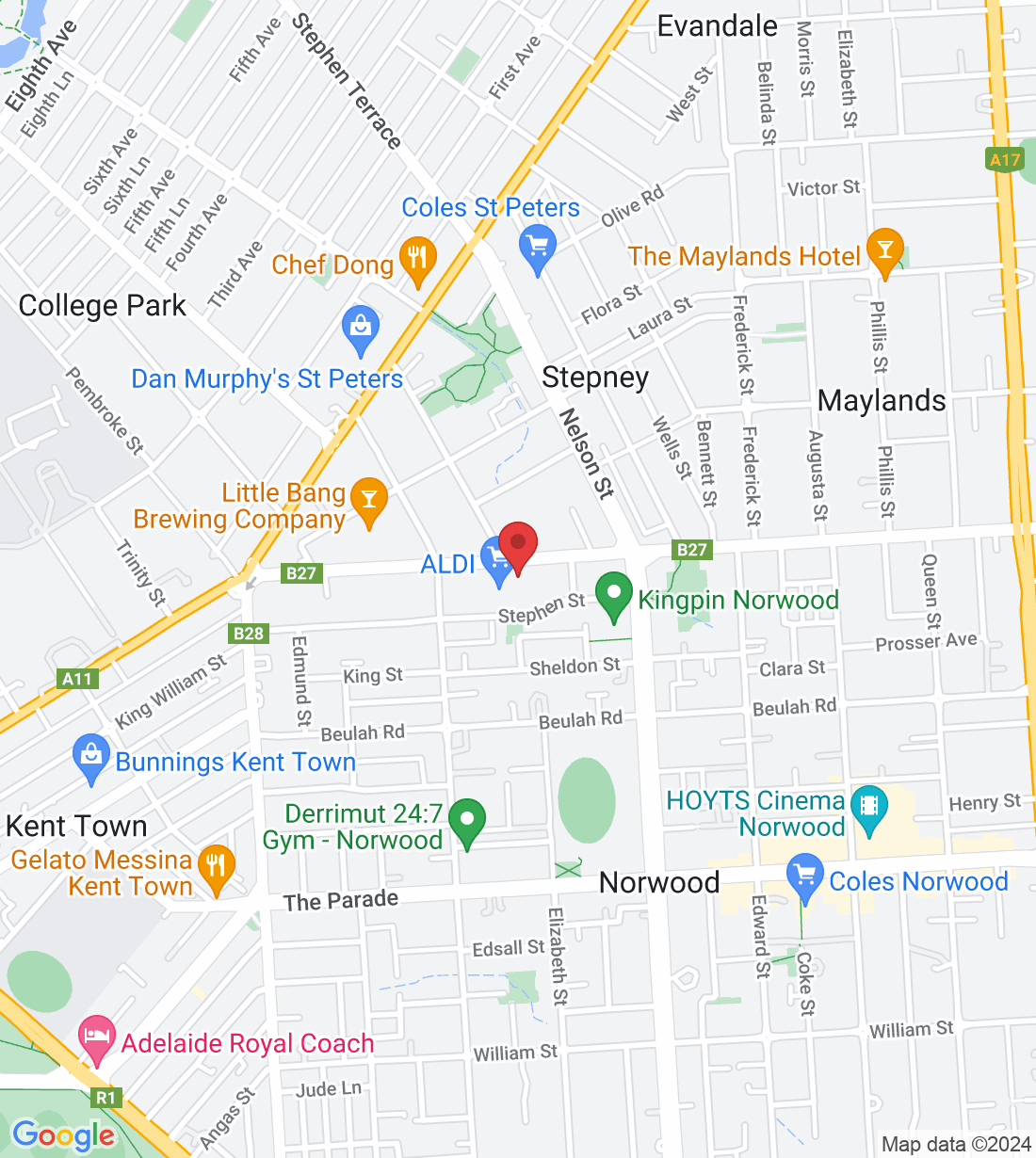
Hamstring tendinopathy – A pain in the butt
Hamstring pain is something we see frequently at Vital Core Physio. We often see recreational runners pushing themselves to improve. Each week they are working on increasing their distance, speed or hill technique. They are following online plans, or going with the flow.
Unfortunately, with all the straining it is really common to start to get sore. Again if you look at social media or some online running groups the advice can often be just not quite right. Most people will try resting for a bit. It seems to settle. But then they return to running only to find the pain is back again. So they then decide to ignore it.
With hamstring tendon pain it usually starts as a pain in the butt.
This pain gradually builds and can persist for days. It is often worse at the beginning of exercise and later once you’ve cooled down. The pain can then start affecting other parts of daily life – climbing stairs, bending over and lifting, prolonged sitting. Even walking can be uncomfortable.
Once it’s been there a long time other areas can become sore – the hip, the back, the knee. It really is a pain in the butt. Whilst many may think it’s a glute injury or a low back problem, most often it is a Proximal Hamstring tendon problem.
What is Proximal Hamstring Tendinopathy?
We used to call this Hamstring ‘tendinitis’. However this gave the misconception of an acute injury that would simply settle down if you gave it rest (and lots of anti-inflammatories), or worse still you could just ‘run through it’ with painkillers without any consequence.
Proximal hamstring tendon pain is characterised by a gradual onset of deep, localised pain where the hamstring muscles attach on to the pelvis (ischial tuberosities, or ‘sit bones’), sometimes radiating down the back of the thigh. It will feel like it’s at the base of the butt cheek.
It occurs as a response to an excessive demand (too much and/or too often) on the tendon. The tendon is pushed beyonds it's capacity. Initially an inflammatory reaction occurs often making the tendon sore or even swollen. Read our other blog on tendinopathy.
If not allowed enough time to settle further damage/ pathology can occur to the tendon and it becomes a tendon-pathology or tendinopathy. This may or may not be associated with pain. Over time this pathology or degeneration if ignored can continue to the point where the hamstring just isn't functional anymore.

The pain will often be worse at the start of an activity like running, then it will seem to 'warm up' only to become sore again at the end of the activity and worse still once you have cooled down. Common activities that cause this pain often include;
Running - worse with speed, sprinting and hills.
Walking - Especially up hills or stairs
Sitting
Gym - deep squats or deadlifts.
This is because in each of these positions the hamstring tendon is tensioned or 'compressed' against the underlying bone - this is the big one.
There are many reasons why you develop a PHT. Common causes include;
Fatigue - doing too much so that your form is poor.
Overload - not allowing enough rest between sessions. This is often a tricky one especially for the elite - because their fitness is so good that they generally feel amazing - but their bodies still need to rest and recover.
Biomechanics issues - problems with your hip or ankle can significantly impact how you load your leg.
Internal loads - Stress, poor hormonal balance, energy deficiencies, sleep issues, age.
How can I get back to running without hamstring tendinopathy pain?

Tendon pain if not managed for a long time (>3 months) will then take a long time to truly go away. In some studies they suggest 18 months as the time it can take to perform most daily activities without pain and that is assuming that you don't have any set backs along the way. So, unfortunately the pain can hang around for a long time. This is because pain does not equal pathology or dysfunction.
The good new is that your capacity will improve exponentially over 6 months with an individualised progressive program that targets the injured hamstring as well the other deficiencies that likely lead to your hamstring issue in the first place.
What we want is for the capacity to increase gradually and the pain to remain low and stable with that increase. That is how we know we have a happy tendon.
Treatment always falls into three main phases;
1. Reducing load down to a level that the tissues can cope with. Keep in mind that may not be ‘not running’. It may instead mean running a shorter distance, different surface, pace. Or it may be some form of cross training. The aim is to settle down the pain and keep it low, stable and predictable. In this stage we will introduce some simple exercises proven to decrease tendon pain.
2. Building up the load tolerance of the hamstring tendon and muscles which means specific strength training for that area as well as the surrounding area. Strength takes time to develop. Think of going to the gym – how many weeks do you need to go before you notice you are getting stronger or your muscles are starting to tone up? At least 6 but more likely 12. With a tendon we (scientifically) know that it will take at least 3-6 months of a consistent progressive strength program to toughen it up. Even after this time when it is strong the area may remain ‘tender’ to touch and you may still have pain that is low and stable. So you will have a stronger tendon now that is 'happy'. Over time that soreness will decrease, but you may find that you just don't notice it as much unless you 'knock' it because you are back doing what you want to do.
3. Putting in strategies to prevent a reoccurrence. That means structuring a better weekly and cyclic training program that takes into account short and long term goals, as well as varies for personal stress and family life. Building up you runners health IQ is essential in limiting and preventing future injuries.
Can Vital Core help me?
I’m glad you asked. The answer is YES!!!
Firstly we will find out what is important to YOU. What do you want to be able to do that you can’t right now – yes I know you want to be able run pain free, but how far? How often? Do you have an event you want to do?
What does you daily life look like? How much time do you spend, sitting, standing, walking, lifting, bending? When do you get your runs in? How long have you been running for?
All these questions (and many more) will help establish a picture of how this problem started, how it is affecting you and more importantly how we are going to get rid of it once and for good.
We will then test your body to determine all the physical factors that have gone into causing this injury. Is you back stiff, your glute muscles weak, your core poor, your posture terrible?
We’ll talk through all our findings as we go so you know what’s going on and why. This is another way we help develop your running injury IQ (essential for preventing reoccurrence).
Once we have all this, we need to (together) determine a full treatment plan. Taking into account the phases mentioned above. That will likely include some hands on treatment and pain management strategies for home as well as your home exercise program. This program may be very simple to begin with but will become progressively more challenging as you improve over the weeks.
The plan will be explained to you and written down for you to take home and digest. Again, this builds your running injury IQ.
Proximal hamstring tendinopathy take a really long time to fully recover, but if you stick with the plan, you WILL get there and we’ll be there by your side to help.
Remember you can make an appointment online, right now.

RunFit is on Mondays and Tuesdays 7-8pm
Well of course we were going to talk about RunFit!
We started RunFit about 7 years ago because we were seeing the same problems over and over again with our recreational running patients.
Over the years we have built it into an 8 week progressive circuit based exercise program, running from week 2 of the school term (each term). The exercises start super simple and end – well, pretty damn hard (although they can be individually varied).
There is also a home exercise program that is sent home via an app based exercise program software ‘Physiapp’.
It’s challenging, fun and informative.
FAQ’s about RunFit
We often get asked is if it’s suitable for blokes as well as women. Our answer is, as long as the bloke wants to run or is a runner then absolutely. the class is hard enough, trust us 😉
Another question is what if I haven’t run in a long time or I’ve never run before – should I do Runfit? Firstly have an assessment with one of our physio’s. They will go through your history, find out your goals and test your body. More often then not the physio will say “Yep, join in” Sometimes through the physio might recommend one of our other classes or a home program first and encourage you to join RunFit the following term.
What if I miss a class can I make it up?
Generally no because it is a progressive course. We encourage you to do the home exercises regularly to keep building your strength and control at home.
RunFit is on Monday and Tuesday nights 7-8pm through the school term. Contact our helpful admin team to book into the next term.
Ask a question of Vital Core Physiotherapy
Fill in the form to request a Call From Our Team
One of our team will call you for FREE and answer any questions or concerns you may have about your condition
© 2023 Vital Core Physiotherapy





